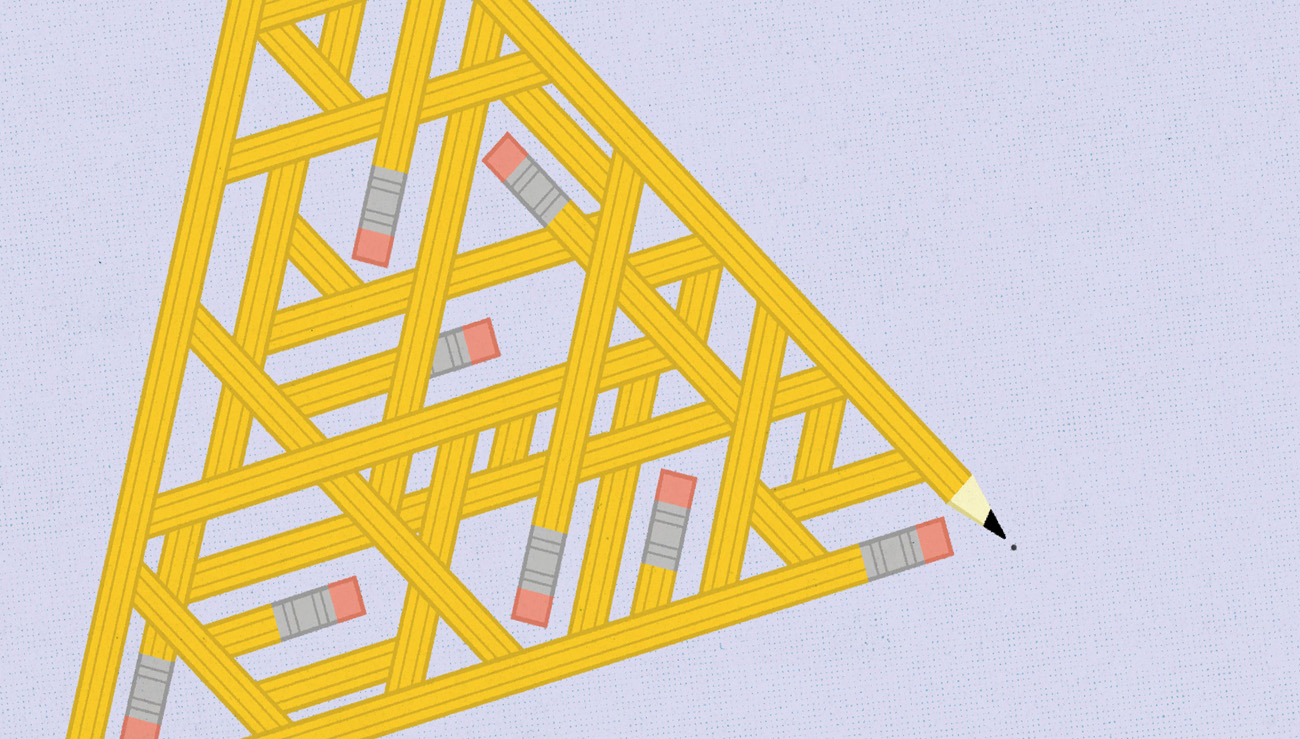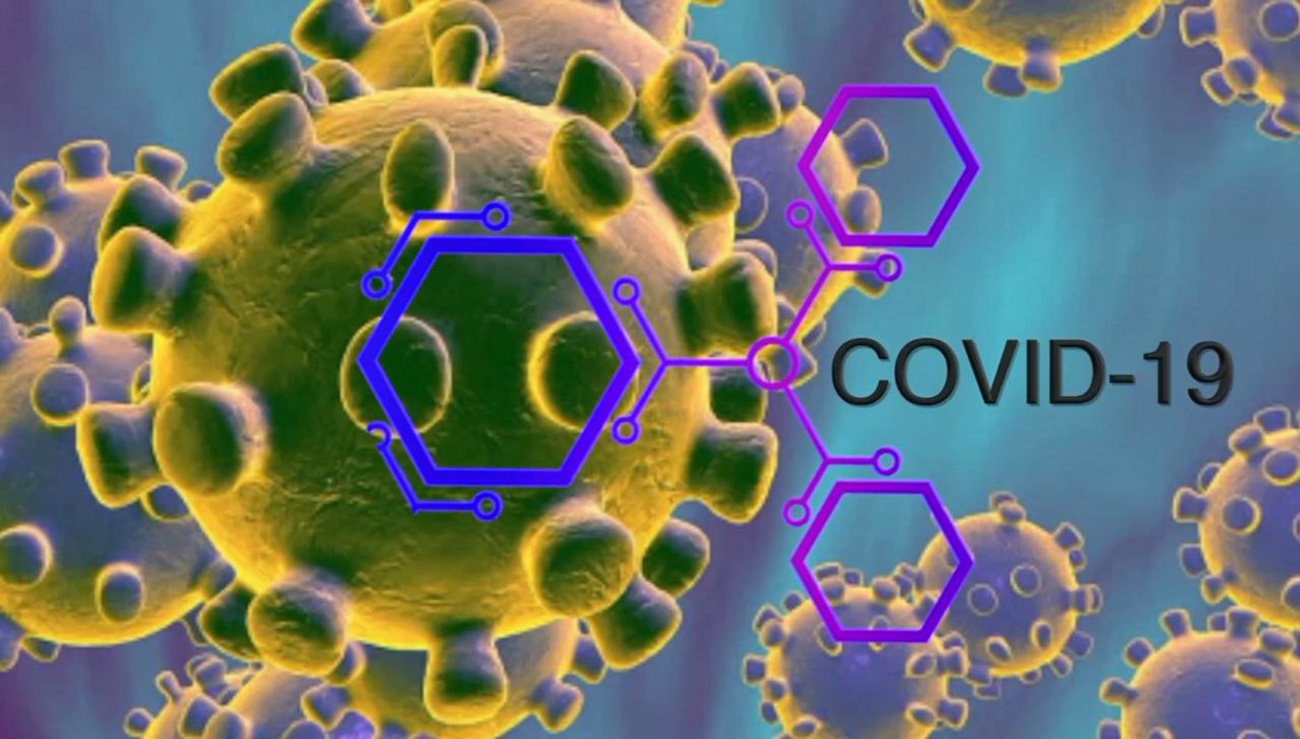
Approximate Analytical Solution of Advection-Dispersion Equation By Means of OHAM
Abstract:
This work deals with the analytical solution of advection dispersion equation arising in solute transport along unsteady groundwater flow in finite aquifer. A time dependent input source concentration is considered at the origin of the aquifer and it is assumed that the concentration gradient is zero at the other end of the aquifer. The optimal homotopy analysis method (OHAM) is used to obtain numerical and graphical representation.
Author(s):
DOI:
Keywords:
References:
Baxter M., Van Gorder R.A., Vajravelu K (2014). On the choice of auxiliary linear operator in the optimalhomotopy analysis of the Cahn-Hilliard initial valueproblem, Numer Algor, 66(2) 269–298.
Das P., Begam S., Singh M. K. (2017). Mathematicalmodeling of groundwater contamination with varyingvelocity field, Journal of Hydrology and Hydromechanics,65(2) 192–204.
Kumar A., Jaiswal D. K., Kumar A. (2010). Analyticalsolutions to one-dimensional advection diffusionequation with variable coefficients in semi-infinitemedia, Journal of Hydrology, 380, 330–337.
Liao S. J. (2010). An optimal homotopy analysis approach for strongly nonlinear differential equations, Commun. Nonlinear Sci. Numer. Simul., 15,2003–2016.
Marino M. A. (1974). Distribution of contaminantsin porous media flow, Water Resources Research, 10 (5).
Mazaheri M., Samani J. M. V., Samani H. M. V.(2013). Analytical solution to one-dimensional advection-diffusion equation with several point sources through arbitrary time-dependent emission rate patterns, J. Agr. Sci. Tech., 15, 1231–1245.
Prajapati D. J., Desai N. B. (2015). The solution of immiscible fluid flow by means of optimal homotopy analysis method, International Journal of Computer and Mathematical Sciences, 4(8).
Prajapati D. J., Desai N. B. (2016). Application of thebasic optimal homotopy analysis method to fingering phenomenon, Global Journal of Pure and Applied Mathematics, 12(3), 2011–2022.
Prajapati D. J., Desai N. B. (2017). Optimal homotopy analysis solution of fingero-imbibition phenomenon in homogeneous porous medium with magnetic fuid effect, Kalpa Publications in Computing, 2, 85–94.
Prajapati D. J., Desai N. B. A. (2017). Approximate analytical solution for the fingero-imbibition phenomenon by optimal homotopy analysis method, International Journal of Computational and AppliedMathematics, 12(3), 751–761.
Prajapati D. J., Desai N. B. (2017). Analytic analysisfor oil Recovery during cocurrent imbibition ininclined homogeneous porous medium, International Journal on Recent and Innovation Trends in Computing and Communication, 5(7), 189–194.
Prajapati D. J., Desai N. B. (2017). Mathematical investigation of counter-current imbibition phenomenon in heterogeneous porous medium, PRAJÑĀ – Journal of Pure and Applied Sciences, 24-2538–46.
Singh M. K., Singh P., Singh V. P. (2010). Analytical solution for solute transport along and against time dependent source concentration in homogeneous finite aquifers, Advances in Theoretical and Applied Mechanics, 3(3), 99–119.
Singh M.K., Mahto N.K., Singh P. (2008). Longitudinal dispersion with time-dependent source concentration in semi-infinite aquifer, Journal of Earth System Science, 117(6) 945–949.
Scheidegger A. E. (1961). General theory of dispersionin porous media, Journal of Geophysical Research, 66(10) 3273–3278.
Xu M., Eckstein Y. (1997). Statistical analysis of therelationships between dispersivity and other physical properties of porous media. Hydrogeology Journal, 5(4)4–20.
Books
i. Bear, J. (1972). Dynamics of fluids in porous media, American Elsevier Publishing Company, Inc., NewYork.
ii. Batu, V. (2006). Applied Flow and Solute Transport Modeling in Aquifers: Fundamental Principles andAnalytical and Numerical Methods., CRC, BocaRaton, FL.
iii. Liao, S. J. (2012). Homotopy analysis method in nonlinear differential equations, Higher Education Press, Beijing and Springer-Verlag Berlin Heidelberg,
iv. Liao, S. J. (2013). Advances in the homotopy analysis method, World Scientific,
v. Vajravelu, K.; Van Gorder, R. A. (2012). Nonlinearflow phenomena and homotopy analysis: Fluid flowand Heat transfer, Higher Education Press, Beijingand Springer-Verlag Berlin Heidelberg.




